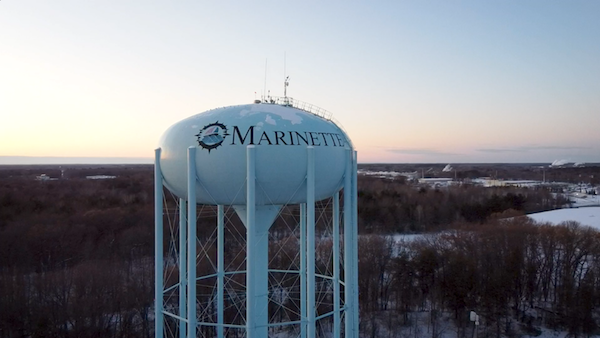Next week, the Department of Natural Resources will go before the Natural Resources Board, a citizen panel that oversees the agency, to seek approval to develop new groundwater, drinking, and surface water standards for the class of chemicals called PFAS. PFAS have been found contaminating private and municipal wells around Wisconsin.
PFAS have long been used in products such as Teflon, food packaging, rain-resistant clothing, and firefighting foam. However, the properties that make them effective make them difficult to remove once introduced to the environment. PFAS are persistent and bioaccumulate in the environment – meaning they do not break down easily, can move quickly, and build up over time in the environment and our bodies. Because of these unique properties, PFAS are known as “forever chemicals.”
While the research is still developing, we know there is an adverse impact on public health posing risks to some of our most vulnerable populations. PFAS exposure has been linked to a variety of major health issues, including certain cancers, thyroid and liver disease, birth defects, and fertility issues in women.
Many communities around Wisconsin have dealt with drinking water pollution from PFAS. Perhaps most known are the communities of Marinette and Peshtigo, where local residents have seen their private well water contaminated by PFAS from firefighting foam that has been leaching from a nearby firefighting training facility for years. One source of drinking water in Marinette tested above 1,900 ppt, which is 95 times higher than the proposed state public health standard.
In the last year, we learned of PFAS contamination in other communities around the Wisconsin, including Milwaukee, La Crosse, and Rhinelander.
Despite the evidence linking PFAS pollution to major health risks, this class of chemicals is currently unregulated by the federal environmental protection agency. That means that communities and residents struggling to figure out what to do about PFAS pollution have little recourse available to ensure they have clean drinking water.
State legislators have also been looking at policies to help protect water and people from PFAS pollution. While there are a couple proposals circulating the halls of the Capitol, lawmakers are working to develop action on PFAS pollution through policy. Of the different proposals, none have yet to pass either house of the legislature.
That’s where the DNR comes in. Knowing that the federal government has failed to act to provide relief for PFAS pollution—and to prevent future contamination—Gov. Tony Evers made it a priority for the DNR in 2019 to tackle the problem of PFAS pollution.
The process for developing new state protections takes time—as much as 30 months from start to finish. This approval that DNR needs from the Natural Resources Board is the first major step in this lengthy process. If DNR gets the approval it needs, it puts the state on the path to getting to the end result of state protections from PFAS pollution we desperately need.
This is why the Natural Resources Board vote on January 22nd is so important. It has the chance to set DNR on a course for defending public health and protecting our water resources from this insidious chemical by bringing together stakeholders to start working towards real, concrete solutions to tackle PFAS pollution. While other actions have yet to seriously start (at federal level) and are ongoing (by state legislators), this effort by the DNR is our best current option for providing people around Wisconsin with help for making sure their drinking water is PFAS free.
You can help make sure DNR gets the approval they need to develop statewide protections from PFAS pollution by writing a comment to the Natural Resources Board before Friday, January 17 encouraging them approve DNR’s efforts to protect Wisconsin residents from PFAS pollution.

